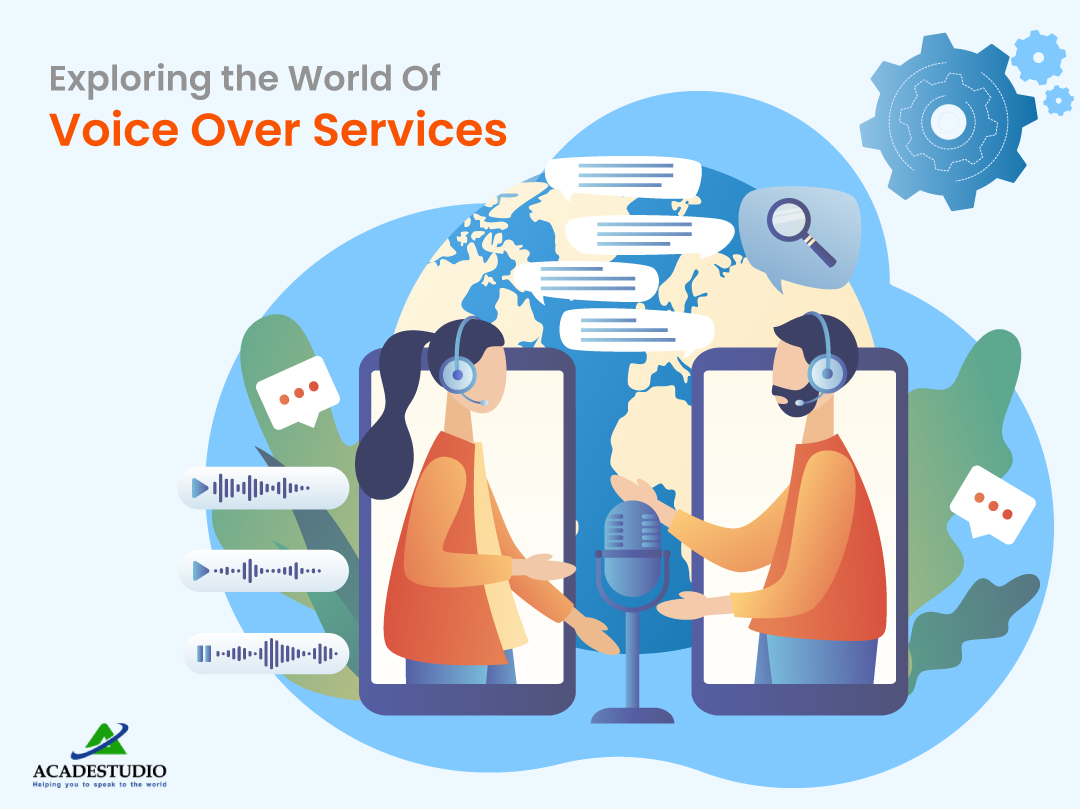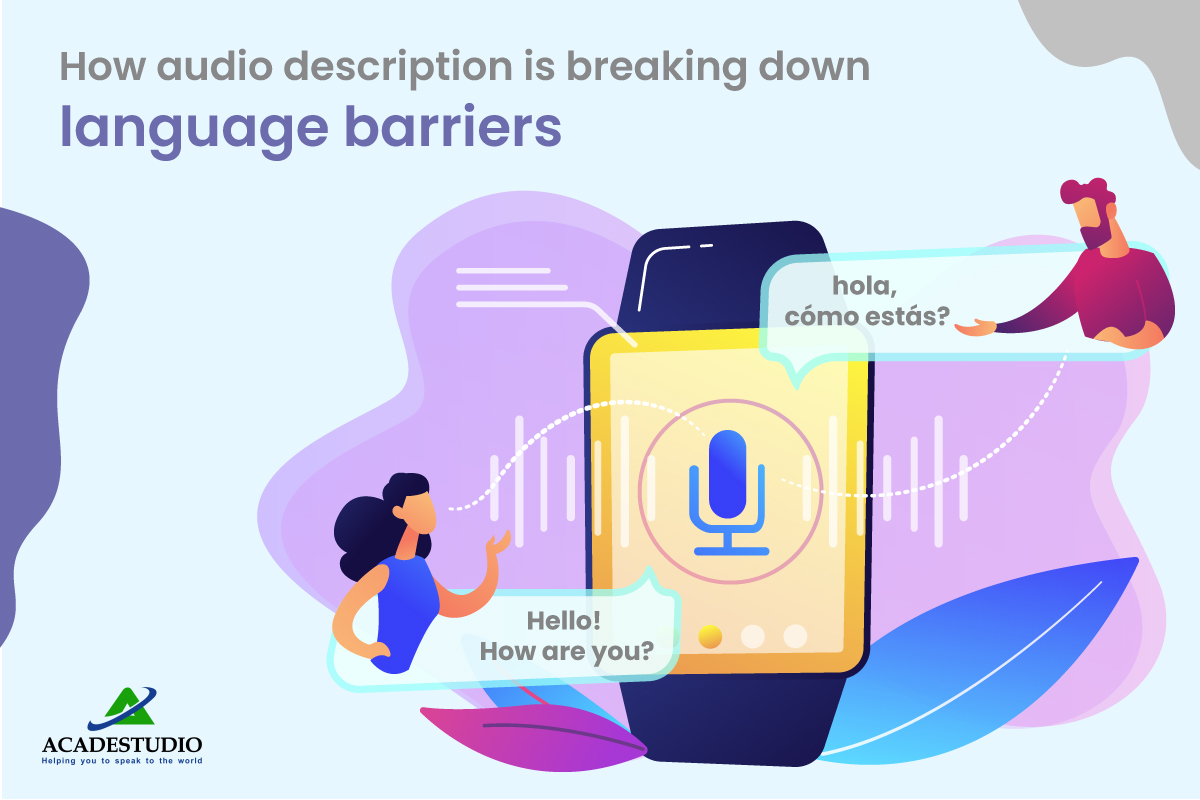Are you managing a
multilingual website and struggling to handle Content Management? You're not
alone. Managing content for a website that caters to multiple languages can be
daunting, but it's crucial to ensure that your website is accessible and
user-friendly for all your visitors.
This post will discuss
the best practices and tips for handling content for multilingual websites.
We'll cover topics such as website architecture, choosing a CMS with
multilingual support, accurate content translation, language-specific versions
of content, language switchers, proper language tagging, and monitoring and
updating content.
Following these tips
ensures your multilingual website is optimized for SEO and user experience.
Your visitors can navigate your website easily, no matter their language. So,
let's dive in and explore how to manage content for multilingual websites.
Steps for Handling
Content Management for Multilingual Website
Managing content for a
multilingual website can be a complex task, but there are several steps you can
follow to make the process easier and more efficient. In this blog post, we
will guide you through the steps to handle content management for multilingual
websites. Let's dive in.
Step 1: Plan Your
Content Strategy
Before you start
creating content, developing a content strategy that considers language
requirements and cultural nuances is crucial. It provides clear direction,
ensures consistency, increases efficiency, and helps with budgeting.
Firstly, having a
content management strategy gives you a clear direction for managing your
content effectively. It outlines the goals, target audience, and key messages,
which enables you to create content that resonates with your audience,
regardless of the language. Moreover, management strategy ensures consistency
in branding across all languages. Consistent branding is essential as it helps
create brand recognition and builds trust with your audience.
Step 2: Choose the
Right Content Management System (CMS)
The CMS is the backbone
of your website, and choosing the right one is critical to managing
multilingual content effectively. Look for a CMS that offers built-in language
support, translation management tools, and multilingual plugins. Some popular
CMS platforms for multilingual websites include WordPress, Drupal, and Joomla.
A CMS supporting
multilingual content administration can save time and effort. It enables you to
manage all your content in one place, making it easier to create, edit, and
publish content across multiple languages.
Moreover, a CMS that
offers Localization Services in the US and other countries can help
with translation and content adaptation. It enables you to easily translate and
localize your content to different languages, which is essential when targeting
a global audience.
Step 3: Implement a
Translation Management System (TMS)
A TMS is a software
platform streamlining the translation process from content creation to
publication. It can automate workflows, manage translation vendors, and ensure
language consistency. It also provides real-time visibility into the translation
process, allowing you to track progress and manage deadlines more effectively.
This can help you stay on top of your multilingual content management and
ensure timely content.
When choosing a TMS,
consider features such as translation memory, glossary management, and quality
control tools. These features can help you save time, reduce costs, and improve
the quality of your translations. TMS can improve collaboration between
different teams and stakeholders in the translation process. By providing a
centralized platform for communication and collaboration, a TMS can ensure that
everyone is on the same page and working towards the same goals.
Step 4: Localize Your
Content
Translating content word
for word is not enough. Localization involves adapting content to suit cultural
differences and regional language variations. This can include adapting images,
videos, and other visual content to suit your target audience.
When localizing your
content for content management, consider the following:
- Tone and style: The tone and style of your
content should be adapted to suit the cultural norms of your target audience.
- Formatting: Different languages may have
different formatting requirements. For example, some languages read from right
to left, while others read from left to right.
- Images and videos: Visual content should be
adapted to suit the cultural norms of your target audience. This includes using
images and videos that are culturally relevant and appropriate.
Step 5: Test Your
Content
Testing your content is
a crucial step for content management that ensures it displays correctly and
works as intended. This includes testing across all languages and platforms.
Testing should include
the following:
- Functionality: Ensure all links, buttons, and
forms work correctly.
- Navigation: Test your website's navigation to
ensure users can find the information they need.
- Language: Ensure that your content displays
correctly in all languages.
Step 6: Monitor and
Update Your Content
Regularly monitoring and
updating your content is essential for content management. It assures that the
website content is correct and up-to-date. This includes keeping up with
changes in language trends, search engine optimization (SEO), and cultural
developments.
You must also ensure
that your content is updated consistently across all languages. This includes
updating any changes to your brand messaging, product or service offerings, and
contact information. It enables you to identify and address outdated or
irrelevant content, improving the overall user experience and engagement.
Monitoring your content
across different languages ensures consistency and accuracy. It helps you
maintain a consistent tone and messaging across all languages, which is
important for building a strong brand image.
Additionally, updating
your content regularly can help improve your search engine rankings. It signals
to search engines that your website is active and regularly updated, which can
boost your rankings in search engine results.
Step 7: Collaborate
with Localization Services
If you need professional
help with localizing your content, collaborating with localization services is
an excellent option for content management. Localization services can provide
translation, editing, and proofreading services to ensure your content is culturally
appropriate and accurate. By collaborating with these services, you can ensure
that your content is translated accurately and culturally appropriate.
Additionally, these
services can provide expertise in localizing your content for different
regions. They can help you adapt your content to meet the specific needs of
your target audience in different regions, which is essential for effective
communication. It also helps you manage your multilingual content by providing
tools and technologies to streamline the localization process. By collaborating
with these services, you can save time and effort managing your content across
different languages.
Conclusion
In conclusion, content management for a
multilingual website requires a strategic approach and various tools and
processes. By following the above, businesses can effectively manage their
multilingual content and ensure that it is accurate, relevant, and consistent
across all languages. These steps help businesses to better connect with their
global audience, improve their search engine rankings, and ultimately achieve
their business goals.












- From Mobile - 11 min ago
Bring to the table win-win survival strategies to ensure proactive domination. At the end of the day, going forward, a new normal that has evolved from generation X is on the runway heading towards a streamlined cloud solution.
- From Mobile - 7 min ago
Capitalize on low hanging fruit to identify a ballpark value added activity to beta test. Override the digital divide with additional clickthroughs from DevOps. Nanotechnology immersion along the information highway
- From Web - 2 min ago
A new normal that has evolved from generation X is on the runway
- From Mobile - 11 min ago
Capitalize on low hanging fruit to identify a ballpark value added
- From Web - 2 min ago
Real-time will have multiple touchpoints for offshoring.